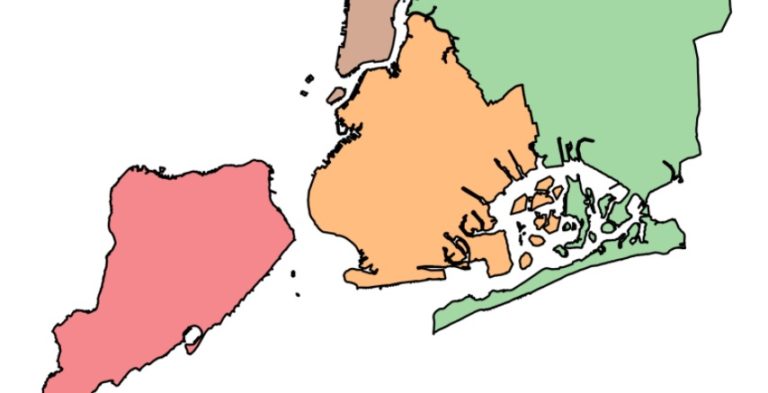I don’t know how CPUs work so I simulated one in code
HN
But How Do It Know? is the breakthrough book that distills Computer Science down to the simple basic principles that all computers have in common,
and presents the big picture step by step in plain English so that anyone can understand this ingenious, yet basically simple invention called a
computer. bol.com 18,99
